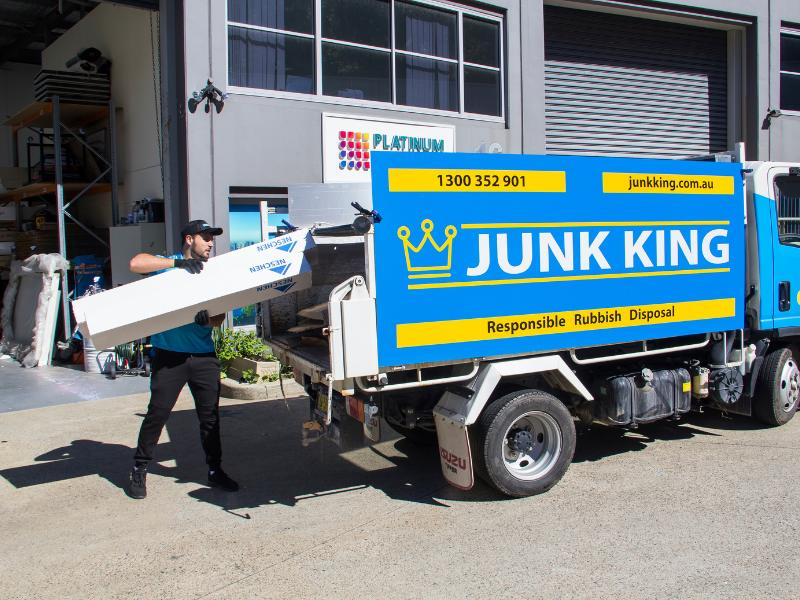Master Google My Business Optimization in 7 Easy Steps

In today’s competitive digital landscape, a business’s online presence is as vital as its physical storefront. Mastering Google My Business optimization ensures that potential clients can easily find accurate, engaging, and compelling information about your brand. It serves as the foundation for local visibility, allowing you to appear in the most relevant search results and on Google Maps with ease. Implementing the right strategies can be the difference between a profile that merely exists and one that actively drives customers to your door.
Step 1: Perfect Your Business Information
The first step in building a powerful online profile is ensuring that every piece of your business information is correct, complete, and consistent. Include precise business names, addresses, and phone numbers. Avoid unnecessary abbreviations or variations in formatting, as search engines thrive on uniformity. This meticulous attention to detail not only aids in visibility but also instills trust among potential clients who value clarity.
Step 2: Choose the Most Accurate Categories
Selecting the right categories defines how your business appears in search queries. Overly broad classifications can dilute your visibility, while highly relevant categories align your profile with search intent. Review available options carefully, choosing a primary category that captures your core offering and secondary categories that reflect supplementary services. This targeted categorization strengthens your alignment with customer expectations.
Step 3: Craft a Compelling Business Description
Your business description is more than an introduction; it is your opportunity to convey personality, authority, and credibility. Use this section to highlight what sets you apart, your history, and the unique solutions you offer. Incorporating evocative language and storytelling can create a stronger emotional connection, encouraging potential clients to engage with your brand over competitors.
Step 4: Showcase High-Quality Visual Content
Visual assets profoundly influence decision-making. Include professional photographs of your premises, products, and team members to convey authenticity and appeal. Ensure these images are well-lit, high-resolution, and updated regularly to reflect your current offerings. Adding short videos can further enrich the viewer’s experience, offering an immersive glimpse into your operations.
Step 5: Manage and Respond to Customer Reviews
Reviews serve as the social proof that shapes consumer trust. Encourage satisfied customers to share their experiences and respond to feedback—both positive and negative—promptly and professionally. Demonstrating a willingness to listen and improve communicates accountability, which often sways potential clients in your favor.
Step 6: Keep Your Profile Updated
Outdated information can mislead potential customers and harm your credibility. Regularly review and update your profile to reflect changes in operating hours, service offerings, or contact details. Seasonal promotions, event announcements, and product launches can also be highlighted to maintain a sense of freshness and activity.
Step 7: Utilize Insights to Refine Your Strategy
Most business owners overlook the treasure trove of data available through profile analytics. Monitor how people find your listing, what actions they take, and which visuals draw the most engagement. Use these insights to refine your strategy, focusing on content and updates that generate the best results. Continuous analysis ensures your profile remains both relevant and competitive.
An optimized online business profile is an evolving asset, not a one-time task. By following these seven steps—ranging from accuracy in information to leveraging data-driven insights—you position your brand for greater visibility, credibility, and customer engagement. Each refinement you make strengthens your connection to your target audience, ensuring that your business not only appears in searches but stands out in them.


